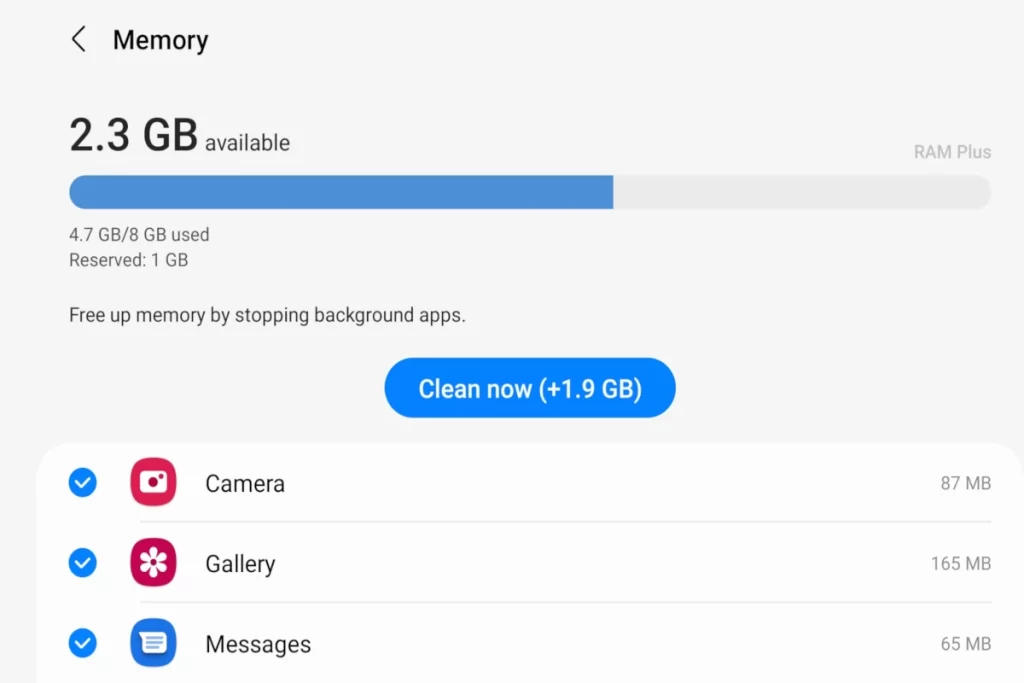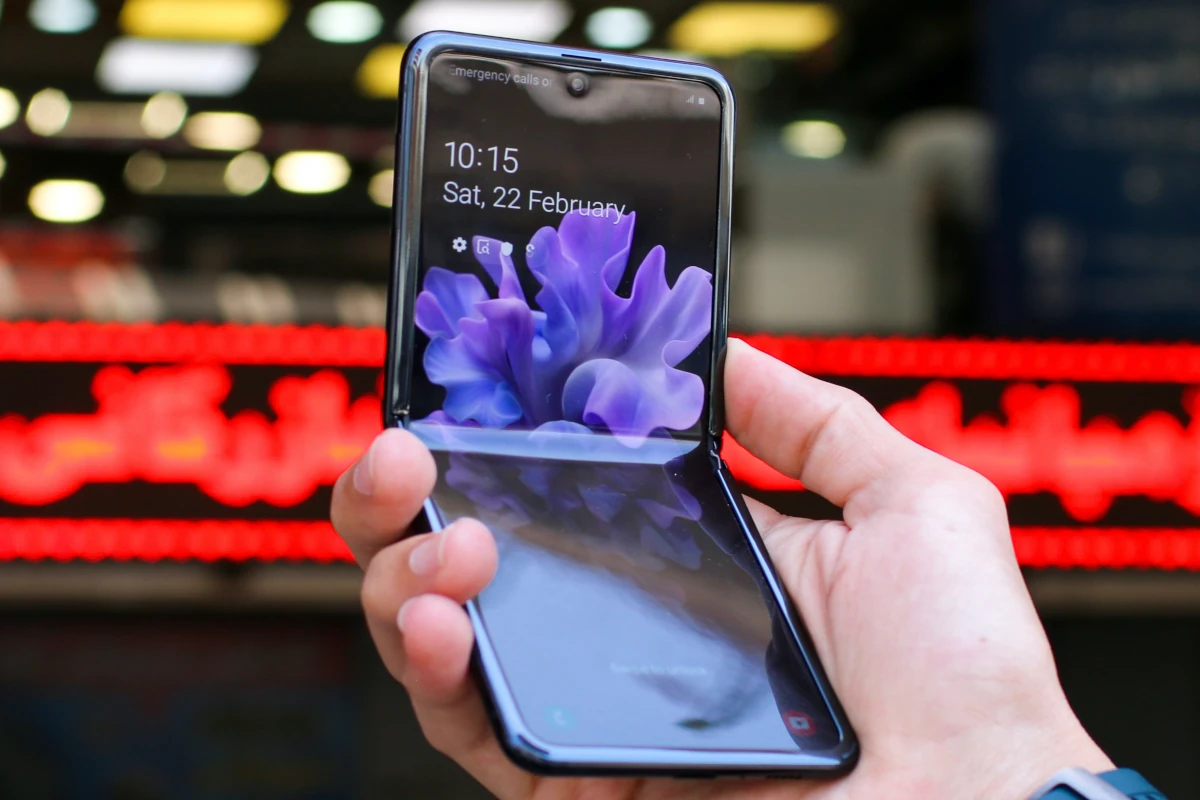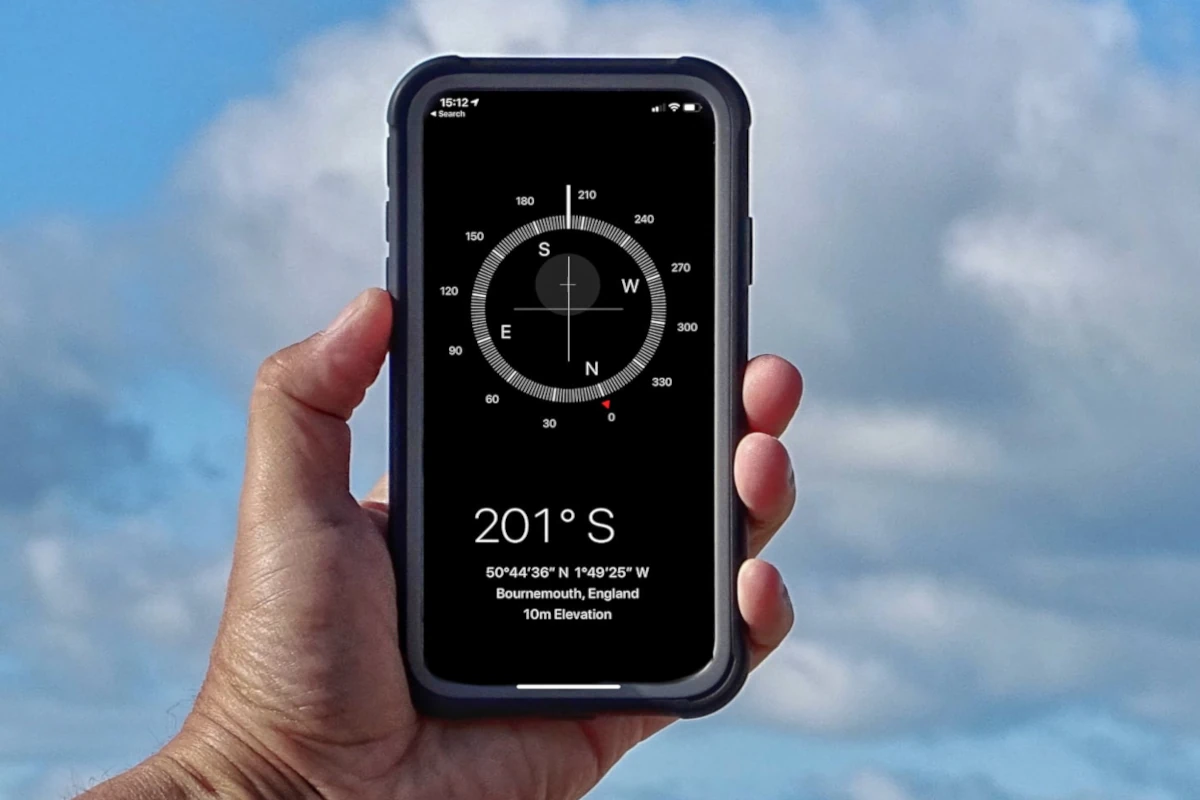Digital screens are getting better with time. Some of the most renowned phone companies are Apple and Samsung.
These firms are continually improving their products, and today they have different screen displays. The Samsung brand favors the AMOLED display, whereas iPhones are inclined to the IPS LCD.
Of the IPS LCD and AMOLED displays, which is better?
Both AMOLED and IPS have great displays compared to other panels in the market. However, IPS LCD technology is preferable because it displays more realistic images, is durable, and friendlier to the eye, even though it is pretty expensive.

In this article, we will give a comprehensive review of IPS LCD and AMOLED panels.
When investing in a phone, the key factors to consider are its display, durability, cost, and whether or not it will serve your needs. For example, if you are into photography, you don’t buy any phone or camera; you must pick excellent display quality.
Related:
What Are The Key Differences Between IPS and AMOLED?
Below are the key difference between IPS and AMOLED displays but first let’s understand what each display is.
What is AMOLED?
The term AMOLED refers to “Active Matrix Organic Light-Emitting Diode”. This screen display has OLED pixels that light individually and also utilizes anodes and cathodes through which film electrons flow.
The Active Matrix technology was an advancement of the passive matrix technology. Hence, AMOLED displays have active electrical components like capacitors and transistors, which control the display’s pixels.
The Organic Light Emitting Diode (OLED) is a display that has varying intensities. The display comprises a conductive layer, a cathode, an anode, an emissive layer, and a substrate. OLED allows its display to emit more colors in one spectrum when the LED lights are lit up at once.
The display produces brighter colors, and although it is among the best sellers in the market, it is gradually degrading in quality given that there are more advanced screen displays like the Super AMOLED. The AMOLED display is undergoing numerous transformations to enhance the quality of its pictures and minimize the blue color effect on users’ eyes.
Samsung’s preference for Super AMOLED is attributed to its good battery life, sharp brightness and contrast, and its ability to integrate touch sensors into the display by itself.
What is an IPS LCD?
This screen display came about as a solution to help LCD overcome the limitations of the regular thin-film transistor. The term IPS LCD refers to “In-Plane Switching Liquid Crystal Display.” It is easier and affordable to produce and is found in most Apple Inc., HTC, and LG digital screens.
This screen display works by utilizing polarized light. It has vertical and horizontal filters to ascertain if its pixels are on or not. These filters also determine how bright its pixels are.
The IPS LCD uses a backlight which makes a phone thicker; that is why, unlike iPhones, most Samsung phones come in ultra-thin designs. Today, Apple Inc. has made advancements, and the latest iPhone versions are somewhat thinner than the earlier models.
This phone display also has poor contrast, given that all pixels in the phone, even the backlight, are on 24/7. As much as it has poor contrast, its brightness and clarity are remarkable, and its pictures have a more natural look.
Phones with a backlight do not have great viewing angles, although generally, they have a better display. Accordingly, many photographers prefer this screen display because it guarantees quality and high-resolution pictures.
What Are The Differences Between the Two Screen Displays?
| Characteristics / Display Type | AMOLED | IPS |
|---|---|---|
| Colors display | More saturated color | More realistic colours |
| Contrast | Contrast is much better | Contrast is ok |
| Thickness | Is thinner | Is thicker due to backlight |
| Power consumption | Power-efficient | Power-hungry due to backlight |
| Viewing angle | Good viewing angle | Lacks good viewing angle |
| Display is sunlight | Not clear | Viewable |
| Cost | Relatively cheaper | Relatively expensive |
The most significant difference between IPS and AMOLED lies in the clarity and sharpness of colors. AMOLED has a more saturated color than IPS LCD, which showcases more realistic colors thus has the upper hand over AMOLED. However, AMOLED’s contrast is much better.
The two displays differ in thickness. Whereas the AMOLED display is comparatively thinner, the IPS LCD is thick. AMOLED’s thinness is attributed to its lack of a backlight. It also has a simple construction display. IPS LCD requires a backlight and has a complex construction display.
The IPS LCD’s backlight needs to be on most of the time, making a phone have short battery life. Much energy is consumed since the screen cannot produce deep blacks. AMOLED has a longer battery life, given it produces deeper blacks when the pixels are shut.
Since the IPS LCD has a backlight, it lacks good viewing angles. On the contrary, the AMOLED display has better viewing angles as all its pixels light individually.
It is impossible to have a clear vision of the AMOLED display under direct sunlight, yet the IPS LCD is viewable without constraints.
Another key difference between the two phones displays lies in their cost. The IPS LCD is costly, whereas the AMOLED costs less.
Which Display is Better, IPS or AMOLED?
IPS and AMOLED display both have numerous pros and cons that determine their functionality and likability by people. I will give an elaborative analysis of the displays’ merits and demerits then finish by pointing out which one outshines the other.
IPS LCD
Pros
IPS displays have a long lifespan. Additionally, their components are more cost-effective to produce than those of AMOLED. IPS lifespan is incomparable to other displays like VA or TN panels. Some display technologies are easier to implement than IPS, but they tend to have low manufacturing standards.
IPS displays have a wide viewing angle. When viewed from varying angles, these displays do not produce image distortion and have minimal color alterations. This aspect makes it ideal for tablets, smartphones, computers, and TV applications since it guarantees an excellent visual experience.
IPS displays have good color reproduction. It is believed to be the best when it comes to color accuracy, followed by the AMOLED display technology. This aspect makes it suitable for some careers and activities like graphic design, video editing, and photo editing.
Another merit of this screen display is its good sunlight visibility. People with other screen displays can hardly view images or messages on their phones in the sun without straining. But since the IPS LCD has better image quality, backlighting, and a good viewing angle, it is usable under direct sunlight.
Cons
IPS panels have inefficient power consumption as they require about 15% more power than TN panels. Their backlight, which is often on, makes it hard for such devices to save energy.
IPS displays have a restricted contrast ratio since they cannot naturally produce deep blacks. IPS panels also have a slow pixel response time, making them slower than other models.
IPS LED products are highly-priced, so many consumers cannot afford them.
AMOLED
Pros
AMOLED panels have a relatively thinner physical profile. For instance, the conventional latest Samsung phone has a thinness of approximately 100 to 500 nanometers. Due to their thinness, AMOLED technological devices are also lighter and hence easily flexible.
The thinness and lightness of this panel also ascribe to better luminescence than LED panels. Thin and light products come in unique shapes and designs; for instance, Samsung has curved and foldable digital screens.
AMOLED panels have higher contrast images than most displays. These panels’ deep blacks are unmatched by other technologies as they are not artificially generated; they are fundamentally an outcome of the lack of light.
AMOLED panels are energy-saving. The panels emit light without radiating too much heat, and their diodes generate light by themselves. Consequently, these panels consume less power and are eco-friendly.
Generally, AMOLED panels have a good display quality compared to other panels like TN. They also have better viewing angles, response time, and refresh rates than IPS. Hence, the images are less strenuous to the eyes.
Cons
One major demerit of AMOLED technology is that it is susceptible to water damage. If you put a Samsung phone in water, its pixels will immediately die- AMOLED panels must be safeguarded from water by their users.
As much as AMOLED panels are applauded for their excellent quality images, some products are inclined to produce oversaturated colors that look less natural. Thus, these products are not ideal for photographers and video editors.
AMOLED panels have a relatively short life span because they are vulnerable to degradation if overused or handled carelessly.
AMOLED panels are also impractical to use in outdoor settings since they have no backlighting and reduce the brightness of the display.
Which is Better?
If you are looking to buy a phone, you must have some personal preferences that may make your choice better than the other. Both panels are great, given they are best sellers in the market. Yet, the suitable one for you will rely on your needs; for instance, a videographer should go for IPS technology.
What Are IPS Advantages Over AMOLED?
Apart from its high-quality pictures and functionality outdoors, the IPS LCD panel is more durable than the AMOLED panel. AMOLED’s pixel quality deteriorates over time, and its screens often face a “burn-in” problem.
Additionally, IPS LCD technology is more eye-friendly than AMOLED. Both have the Blue light effect, which is damaging to the eye. Nonetheless, AMOLED’s saturated color makes it more harmful than IPS which has more subdued colors.
In closing, I hope you found this write-up informative. Bring to mind that both AMOLED and IPS are great panels; still, IPS has an added advantage ascribed to its longevity and quality images.



